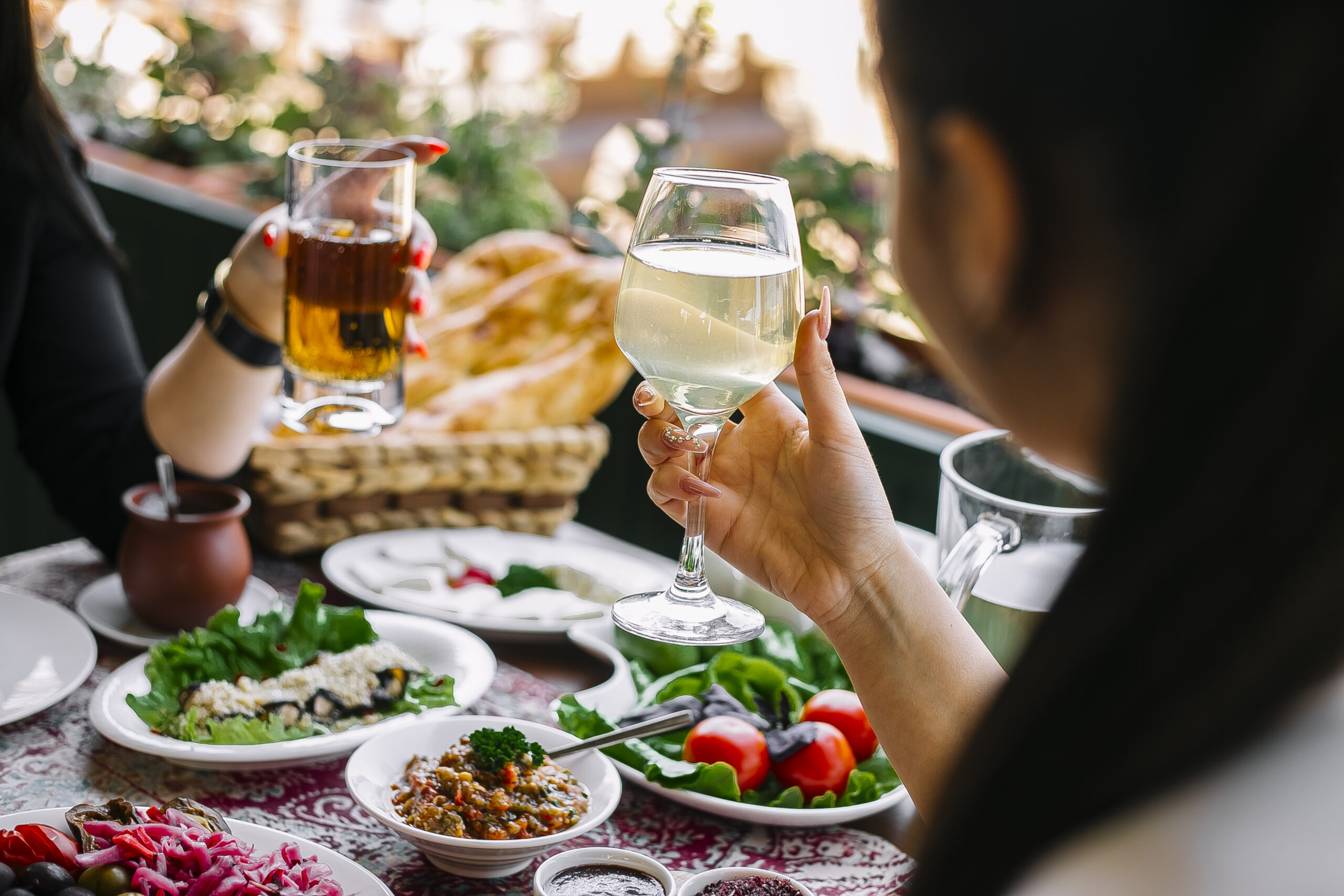
12 Oct The Perfect Symphony: Exploring the Art of Food and Wine Pairing
Few culinary joys match the symbiotic relationship between food and wine. By bringing together complementary flavours and aromas that dance on your palate, the art of food and wine pairing enriches the dining experience. Understanding the underlying concepts of this culinary art form can open up a world of sensory pleasure, whether you’re an aspiring connoisseur or an inquisitive food lover. Come along with us as we explore the intriguing world of food and wine matching.
It’s crucial to comprehend the foundational concepts of matching in order to fully appreciate the magic that occurs when food and wine are combined. Take into account the wine’s weight and intensity before anything else. Light-weight foods like salads or delicate shellfish go nicely with crisp, refreshing white wines. While hearty stews and grilled meats call for full-bodied red wines, strong and flavorful meals do not.
Getting the right balance between flavours and textures is one of the fundamental ideas behind food and beverage matching. The best elements of both the dish and the wine are highlighted and enhanced through complementary pairings. For example, a velvety Cabernet Sauvignon can enhance the richness of a delicious steak, while a zesty white wine like Sauvignon Blanc can delightfully accentuate the freshness of a seafood ceviche.
Understanding how acidity affects food and wine can result in delicious pairings. Acidity plays a significant role in both. High-acidity wines with a clean, refreshing finish, like Sauvignon Blanc or Chianti, can cut through greasy or oily foods. A sparkling wine, for instance, can enliven the flavours of fried or salty appetisers, while a citrus Riesling can contrast the richness of a creamy pasta dish well.
Matching Flavour Profiles: The key to matching flavour profiles is to look for complementary pairings. Search for wines that either enhance or contrast the dish’s strong flavours. For instance, a buttery Chardonnay can accentuate the flavours of a creamy risotto, while a fruity and aromatic Gewürztraminer might complement the spices in Asian cuisine.
Regional Pairings and Traditions: Investigating regional pairings and culinary customs might offer insightful information on tried-and-true pairings. Each country has its own distinctive pairings that have lasted the test of time, from the age-old French custom of serving Bordeaux with hearty meats to the Italian practice of serving Chianti with tomato-based pasta sauces.
Experimentation and Personal Preference: Though rules and customs are beneficial, it’s crucial to keep in mind that taste is a personal matter. Experiment freely, and trust your palate. Don’t be scared to experiment with uncommon pairings or identify your own favourites. The process of matching food and wine involves both experimentation and adherence to established guidelines.
Experimentation and Individual Preference: It’s crucial to keep in mind that taste is subjective, despite the fact that rules and customs are useful. Experiment freely, and believe in your own taste. Don’t be scared to experiment with uncommon combinations or find your own particular favourites. Exploration and adherence to established guidelines are both important parts of the process of food and wine matching.



No Comments